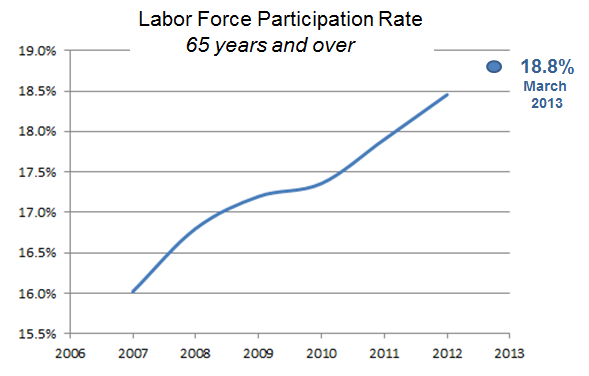So prove it!
Find the multiplicative factor for both labor force and the total population, and use it to smooth population dynamics so that you can accurately compare population trends from 1995 with 2013. A less accurate, but easier approach would be to use averages for both population and employment. Then compare the differences for the over 55 cohort.
Or..... you can just use that data provided in the White House's
research. They take an even more methodical approach, using lifecycle data among multiple cohort groups to weed out consistencies in participation as a function of age. If that isn't enough, the authors include two additional methods of modeling: Time Series and Structural Micro-Data modeling.
The authors were detailed enough to analyze other factors influencing labor force participation; cyclical and residual, employing both Time Series and Multivariate linear analysis.
Their results have been provided multiple times in this thread.
View attachment 67174009



